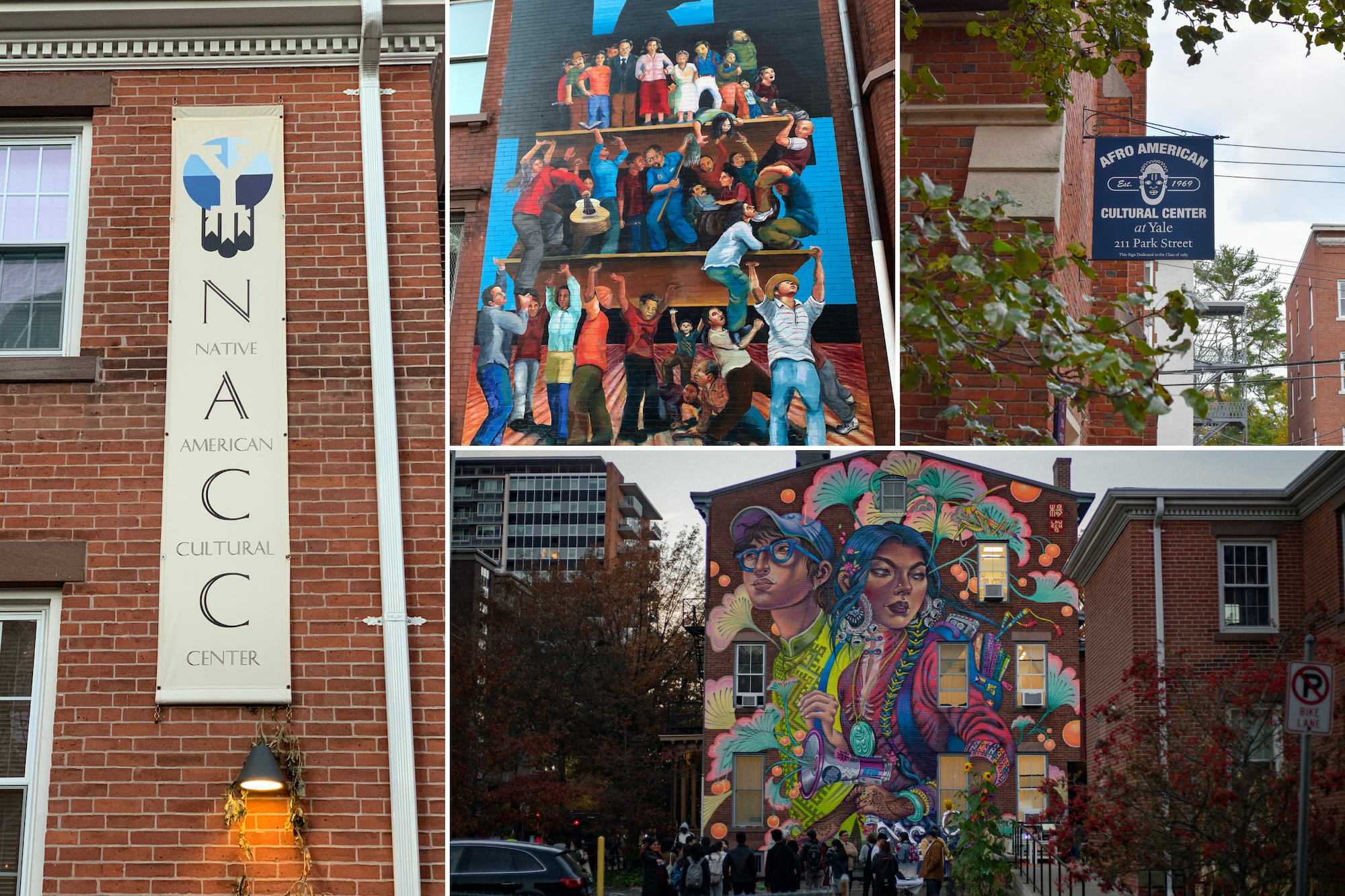Multiracial students navigate heritage through cultural centers and organizations
Students of various racial, cultural and ethnic backgrounds have been working with the cultural centers to create community and identity.

Karen Lin, Yale Daily News
Yale’s cultural centers and other student groups offer multiracial students a plethora of opportunities to further explore their identities.
La Casa Cultural de Julia de Burgos, the Asian American Cultural Center, the Native American Cultural Center and the Afro-American Cultural Center frequently work together to host events. They also conduct intercultural staff training and host mixers specifically for multiracial and transracially-adopted students.
“Understanding that the cultural centers themselves aren’t monoliths is important to feeling that you can belong, even if you feel like your experience isn’t what you would consider to be typical,” Caroline Crystal ’22 said.
For several years, La Casa has co-hosted a series with the Af-Am House titled “Julia is Black” to raise awareness on Afro-Latine identities. The name “Julia” comes from the namesake of La Casa, Afro-Boricua poet Julia de Burgos. This series has included a variety of informative events, such as presentations on musical roots and cuisine explorations, including some hosted by guest speakers.
La Casa and the AACC have also co-hosted events to generate conversations on groups of Asian-descent in Latin America. NACC and La Casa have made efforts to increase the visibility of Indigenous communities in Latin America, including a student-led Dia de los Muertos celebration.
“It is La Casa’s priority to collaborate with other centers through intersectional programming,” Assistant Director of La Casa Carolina Dávila wrote in an email to the News. “The topics may vary as student needs change with time, but intercultural engagement is integral to the mission of our work.”
The AACC also hosts speaker events every year, and it co-sponsored an event with the Af-Am House during Black History month last year featuring educator and activist Margo Okazawa-Rey. The AACC has also hosted an event with the NACC featuring Dr. Val Kalei Kanuha, assistant dean for diversity, equity & inclusion at the University of Washington, and another event with La Casa, featuring Anthony Ocampo, a sociology professor at Cal Poly Pomona.
Joliana Yee, director of the AACC, wrote to the News that while the AACC does not have any specific events planned in conjunction with the Af-Am House during Black History Month this year, she encourages the AACC community to attend events that the Af-Am House is hosting.
“Our affiliated student organizations also play a role in promoting collaborations across ethnic and racial groups so we look forward to the ideas they’ll be bringing to the table this semester as COVID-19 guidelines are allowing for more in-person activity.” Yee wrote.
Students can also find communities outside of the cultural houses. One such place is Asian-ish, a student organization that fosters a community of mixed Asian students who celebrate multi-racial culture, promote diversity and educate the Yale student body about important moments in multi-racial history.
Crystal, who is the social chair of Asian-ish and a peer liaison for the AACC, is half Chinese and half Ashkenazi-Jewish. She said that Asian-ish was one of the most important parts of her first year at Yale, as she was able to find a space that she felt was specifically built for students like her — whereas she sometimes previously felt “self-imposed” barriers when engaging with the University’s cultural centers.
“When connected with being multiracial, there were a lot of reasons why I felt like I ‘wasn’t Asian enough’ or wouldn’t fit in,” Crystal wrote.
She added that there is no correct way for multiracial students to engage with their ethnic identity and that students have many different opportunities from which they may choose.
Every cultural house is led by a director who is also an assistant dean of Yale College.







